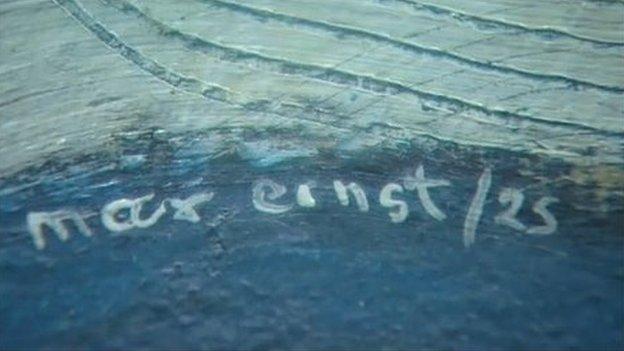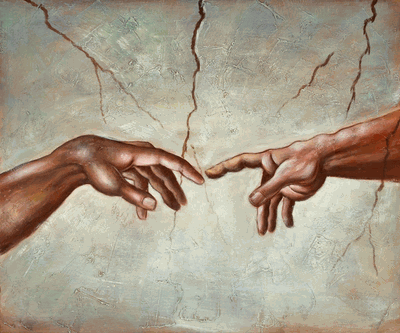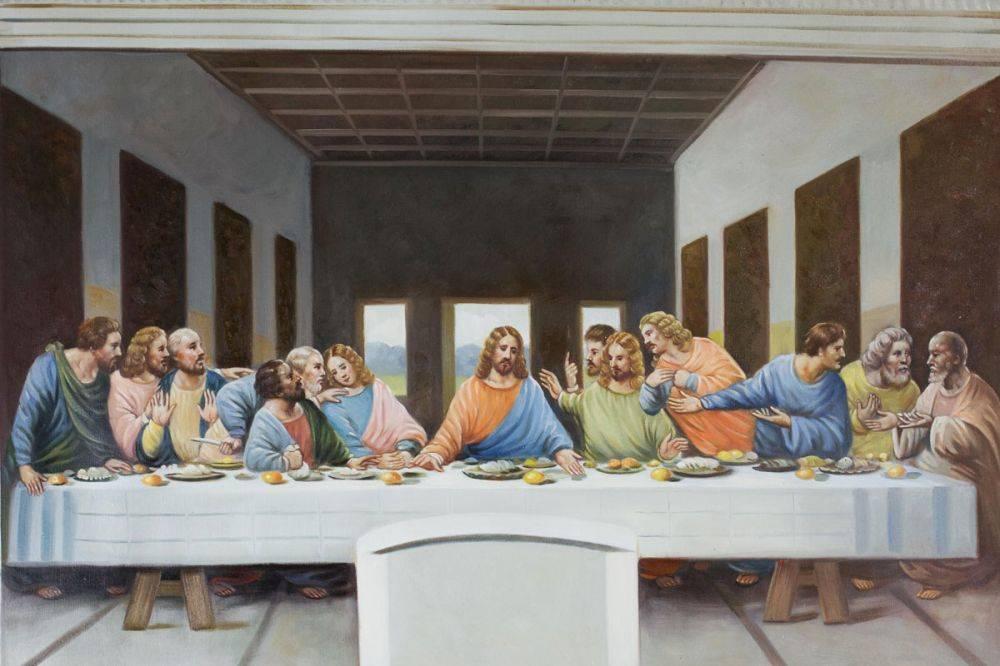Art
6 Famous Art Forgeries
You think that you bought a famous painting, but did you really? Art forgers dupe unsuspecting buyers (whether they’re individual collectors or museums) into shelling out big bucks for fakes. Art forgeries don’t just fool unsuspecting buyers who are art novices. Take a look at some of these infamous forgeries and who paid the price!
- Famous people buy fakes too. Actor Steve Martin bought what he thought was a painting by German Expressionist artist Heinrich Campendonk in 2004. The painting was not in fact by Campendonk, but instead part of one of the biggest scams that the German art world has seen. With more than 30 fake works ‘sold’ to multiple buyers, the forgery ring was responsible for an estimated $49 million in total losses.
- Museums get caught in art scams too! Infamous art forger Mark Landis ‘donated’ fakes to roughly 60 American museums over the course of three decades. The subject of the 2014 documentary “Art and Craft,” Landis (a schizophrenic) still continues to make his fakes.
- Forgery isn’t exactly new. Michelangelo might have achieved fame for his own masterful work, but he also passed off his own ‘antiqued’ sculptures as real Roman art.
- ‘The Internet has become an ideal place for scammers to prey on art enthusiasts. File this under, “Should have known that.” Sotheby’s and Christie’s are well-known, and well-respected, art auction houses. On the other hand, eBay is not. That didn’t stop buyers from purchasing fake Picasso, Dali, Chagall and Miro prints for prices that reached up to $50,000 a piece on the online auction site. In 2008 four Americans, an Italian and two Spaniards were accused of selling the forgeries (and many other fake works) in a multi-million dollar eBay art scam.
- Art forgers don’t always copy originals. Wolfgang Beltracchi put a spin on forgery when he created new works in the style of famous artists. Over 40 years Beltracchi painted what he imaged the ‘lost works’ of notable artists would have looked like. His forgeries were sold to private collectors (including Steven Martin – as already noted), museums and galleries – bringing him millions of dollars in profits. The master forger eventually was caught, receiving a six-year prison sentence.
- Some forgers continue to sell their works, even after they get caught. Not only does Landis still sell his copies, but former forger Ken Perenyi does too. While his works now don’t fetch the same price as his forgeries of 18th and 18th century artists, Perenyi still continues to make a living as a copy artist. He now openly sells copies of works by Martin Johnson Heade, Charles Bird King, Gilbert Stuart and others as his own reproductions.





